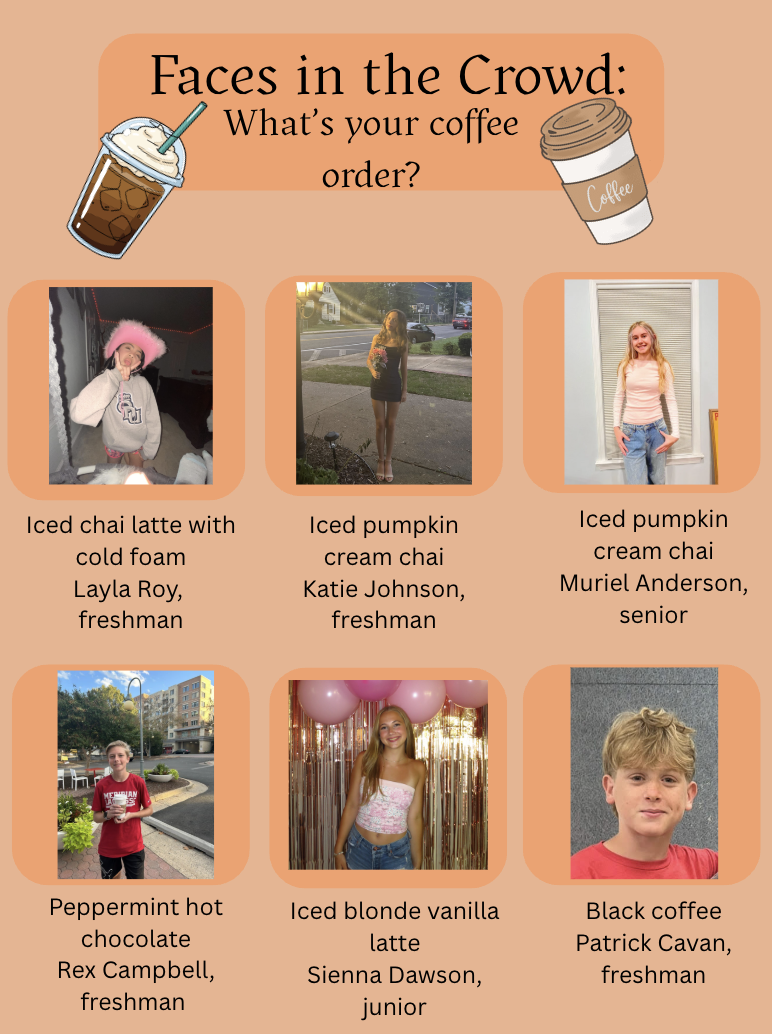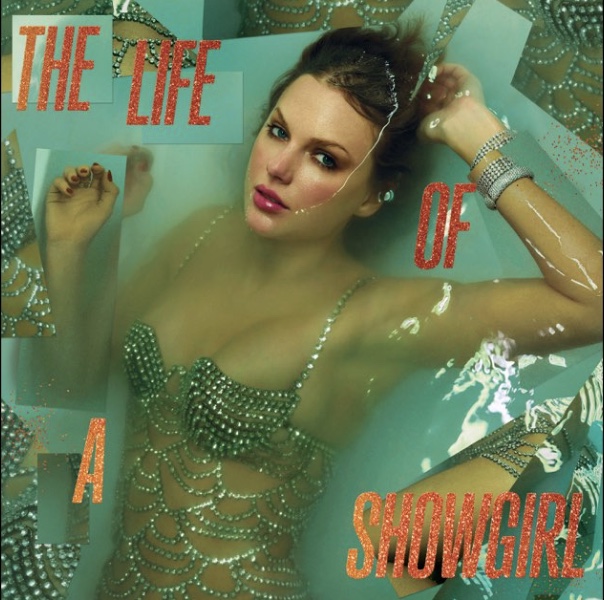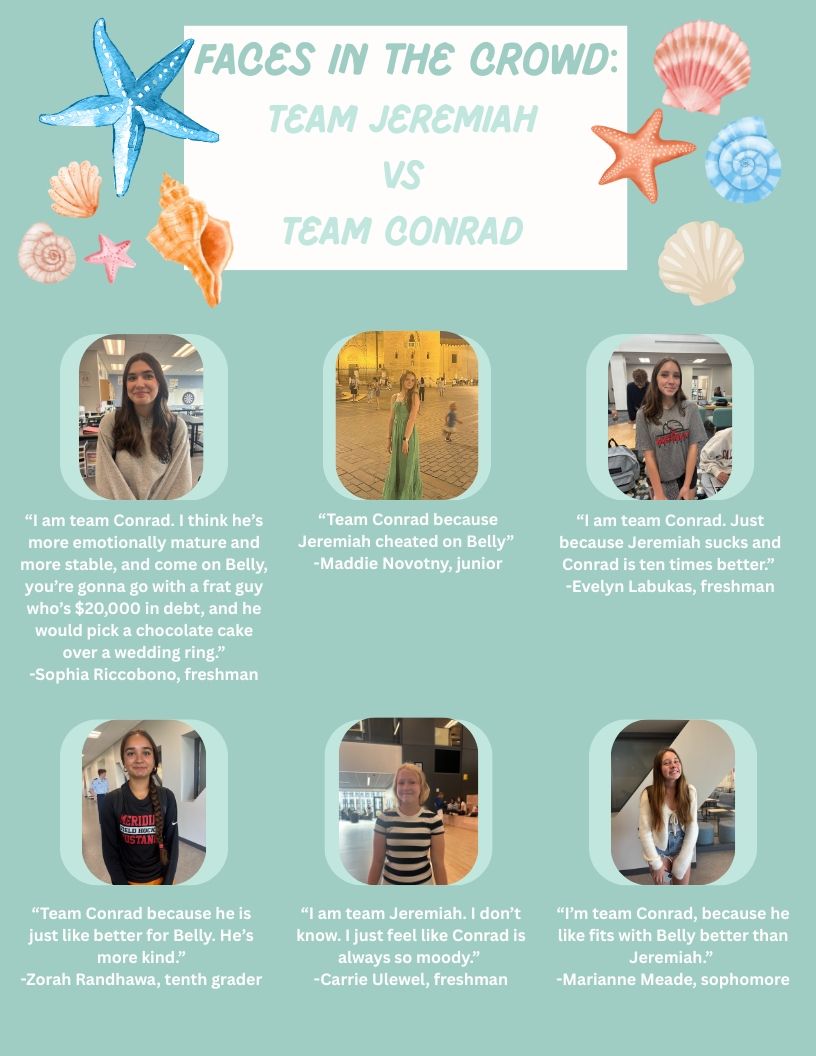 Messaging apps are the new landline. We all use them in one way or another. But which ones are the most popular? The vast majority of the world is online and being online means communicating with people. Upon researching the most used messaging services I settled on the following: WhatsApp, WeChat, Skype, LINE, and Viber.
Messaging apps are the new landline. We all use them in one way or another. But which ones are the most popular? The vast majority of the world is online and being online means communicating with people. Upon researching the most used messaging services I settled on the following: WhatsApp, WeChat, Skype, LINE, and Viber.
 WhatsApp, the primary way I communicate with friends. WhatsApp has flawless E2E (end-to-end encryption). Promising a secure way to chat, call, and video chat friends and family. A large amount of Mason is on WhatsApp. I gathered a few words from one of my classmates:
WhatsApp, the primary way I communicate with friends. WhatsApp has flawless E2E (end-to-end encryption). Promising a secure way to chat, call, and video chat friends and family. A large amount of Mason is on WhatsApp. I gathered a few words from one of my classmates:
“WhatsApp is the app I use most because my friends have a group chat on there. I use it pretty much on a daily basis, the only issue I’ve ever seen was one of my friends got locked out for 48 hours due to logging into a sketchy website,” sophomore Lily Hinden said.
 WeChat, the WhatsApp of China. Aside from its strict PRC (People’s Republic of China)’s censorship, the app means well through offering payments, a Facebook-like timeline feature known as Moments, and so much more. A classmate of mine had a few words to say:
WeChat, the WhatsApp of China. Aside from its strict PRC (People’s Republic of China)’s censorship, the app means well through offering payments, a Facebook-like timeline feature known as Moments, and so much more. A classmate of mine had a few words to say:
“[WeChat] is simple, easy to use, and easy to find friends. However I use it less now that I’m no longer in China. I’ve used Moments, but I’ve never used the wallet function,” sophomore Lauren Black said.
 Skype, the app we’ve all heard of. Skype has turned more to the business tool side rather than a messaging app that appeals to the teenage audience. The application does have sufficient E2E, and offers low-cost international calling. I came across one student who uses Skype, here’s what she had to say:
Skype, the app we’ve all heard of. Skype has turned more to the business tool side rather than a messaging app that appeals to the teenage audience. The application does have sufficient E2E, and offers low-cost international calling. I came across one student who uses Skype, here’s what she had to say:
“I use Skype to keep in contact, but I don’t like the [ringtone] Skype noise. I use it about 3 to 4 times a week,” junior Savannah Williams said.
 Viber, the more uncommon messaging service with similarities to Skype. It offers free calls and messages known as Viber-to-Viber, however calling and/or texting someone not on Viber will cost you a small amount. I haven’t heard of any privacy concerns, nor do I think you’d have much luck finding someone in the U.S. who uses such a service. Funny enough, I found someone here at GMHS that does use Viber: “I use [Viber] everyday, and I like the stickers, I can call people far away too. I also like that the messages are completely free,” freshman Maria Parsov said.
Viber, the more uncommon messaging service with similarities to Skype. It offers free calls and messages known as Viber-to-Viber, however calling and/or texting someone not on Viber will cost you a small amount. I haven’t heard of any privacy concerns, nor do I think you’d have much luck finding someone in the U.S. who uses such a service. Funny enough, I found someone here at GMHS that does use Viber: “I use [Viber] everyday, and I like the stickers, I can call people far away too. I also like that the messages are completely free,” freshman Maria Parsov said.
These applications do not reflect the application companies in any manner, I couldn’t find a LINE user. However, I’ve used it just a little bit. In short, it’s like the Japanese WeChat without the censorship. The applications listed are the most common or well known applications known in the U.S.. This article didn’t recognize Snapchat as a messaging app because it leans towards being a social media application.
[socialpoll id=”2472565″]








